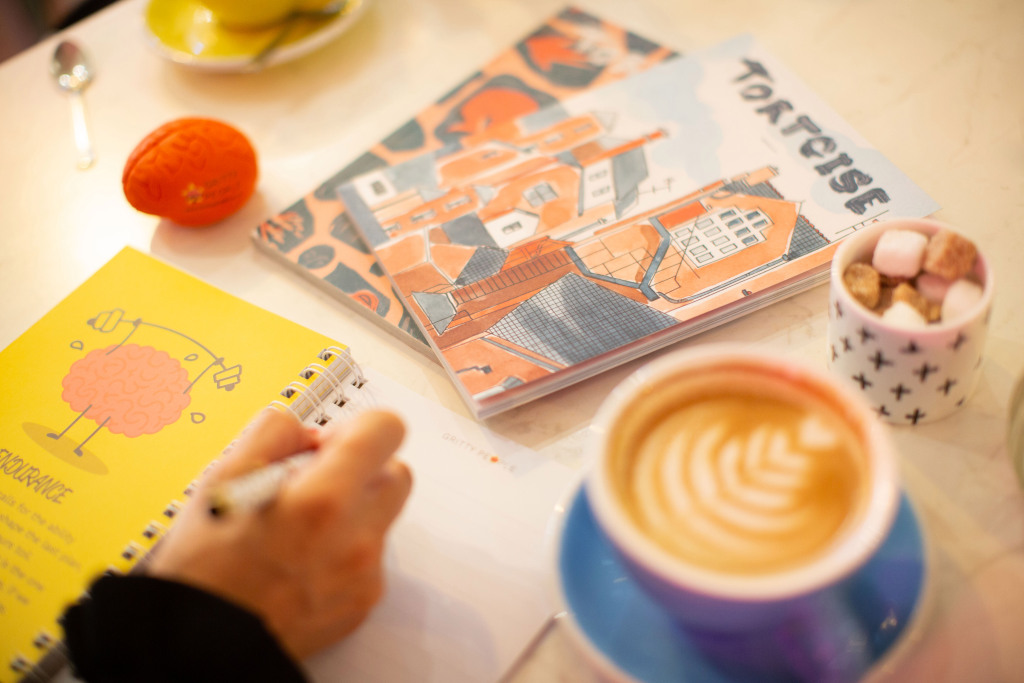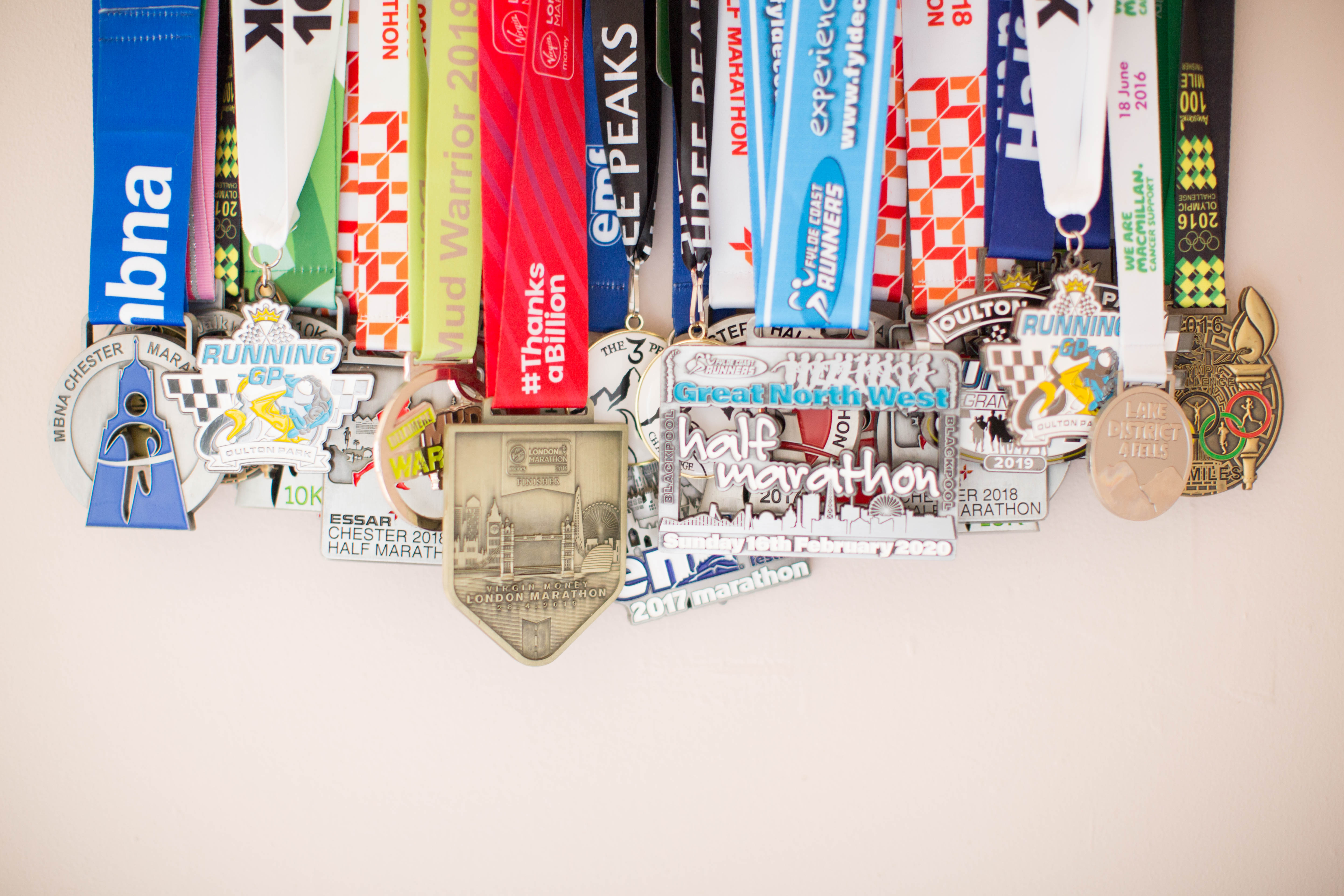
One day in 2016, I decided to go for a run.
The first few steps were awesome, I felt free, I was supercharged!
That quickly changed.
After a couple of minutes, I started to feel slightly lightheaded.
A few strides further and a feeling of sickness waved fiercely, up from my stomach through my entire body.
After less than a mile I felt like I might just drop dead, right there on the road.
You know the kind of experience I mean, right? Maybe you started a new diet, decided to do a new hobby, change of career, or something else completely. Just a few days, maybe even hours later you start to experience strange rumblings of emotion in your body, a resistance beyond your strength to fight. It can be so frustrating to experience, especially when you don’t know why it’s happening!
These experiences are symptoms of a homeostatic alarm sounding.
Let me explain…
That day in 2016, I stepped out of my front door with grand plans of becoming a runner. Very quickly my body had started to notice changes in my breathing pattern, and with each stride my heart rate changed. Both my breathing and heart rate venturing wildly outside of their normal range.
In an urgent effort to bring everything back into its ‘known’ balance the body doesn’t bother offering small signs, primarily because we are really well trained to ignore and override them. Most of us don’t listen to our bodies when we are feeling unwell or out of sorts. We ignore it.
So, when we are outside of our ‘normal range’ our body screams as loud and urgently as it can, to maintain homeostasis.
“Urgent! Warning! Stop what you are doing, stop it immediately, or you’re going to die!”
And that’s just one example of homeostasis and more specifically how it gets in the way of your new fitness goal.
From that experience onwards (on a psychological level) you may notice a little pang in your body, and a ‘don’t do it’ voice in your head every time you even think about putting on your running shoes!
What is Homeostasis?
It’s our tendency to prefer that things stay as they already are. We could call it a leaning towards wanting to maintain a relatively stable equilibrium between interdependent elements. We maintain homeostasis through the mental patterns we create.
Homeostasis is also life saving! When your hypothalamus senses that you’re too hot, it sends signals to your sweat glands to make you sweat and cool you off. When the hypothalamus senses that you’re too cold, it sends signals to your muscles that make your shiver and create warmth. This to is maintaining homeostasis.
Socially, we maintain a stable equilibrium through things like conformity. For example. we join and stay within particular groups because we are comforted by the ability to maintain attitudes, beliefs, and behaviours which are congruent with our own. This assures little risk of those attitudes, beliefs and behaviours being challenged. And if any are challenged there’s always the golden buttons…
BLOCK, UNFRIEND, LEAVE GROUP
This is one reason ‘groups’ work so well, they allow us to maintain homeostasis.
There is a constant tension between homeostasis and change. If we become overloaded with change in a short period of time it can disrupt the internal balance. Too little change can lead to apathy.
With the current situation we are battling with the equilibrium of both.
Too much change at one level and too little day to day change at another.
We may find ourselves wishing our lives to be predictable, solid and unchanging. There is a critical balance between the two systems and we attempt to organize our lives to minimize change we can massivly limit both the possibilities for growth and satisfaction in our lives.
Ignoring the presence of change may give us a temporary sense of stability,
This is an illusion.
Whether we like it or not, this process is happening in every moment.
How do we develop our capacity to be open to the possibilities around us, whilst our two systems are constantly being challenged and rebalanced?
First and foremost, it’s important that we acknowledge that we are constantly working with the balance between homeostasis and change – that we need both.
Attention Response
Think of attention as a highlighter. Imagine this article has highlighted sections, those sections stand out, causing you to focus your attention to those words. Attention equally involves ignoring all competing stimuli.
Attention allows you to filter out information and perceptions that are not relevant at the moment. Our attentional system allow us to focus on something specific in our environment while tuning out irrelevant details, but it also affects our perception of the stimuli surrounding us.
We could practice attention by noticing any number of things. A very simple and effective tool for training our attention is noticing our breathing. Breathing is never constant. Each breath is different. No breath stays fixed for a moment. Even if we hold our breath, our body changes in response to that holding instant by instant. Focusing our attention on breathing is a practice that’s available to us all the time.
As we train our attention we can turn that curiosity to everything.
Rather than making judgments, we can simply become aware of what life is bringing us on all levels. We can cultivate a grateful awareness of the balance in our lives between homeostasis and change.
Set Intentions
Before we do any activity we form an intention. If we want to go and make a cup of tea, it is our intention to do so that gets us to stand up and walk to the kitchen. In this way intention brings focus, direction and clarity into the mind. Then we are able to carry out what we wish to do effectively.
Repeatedly renewing our intention we will find it easier to live out this choice.
Making an intention is like shooting an arrow. Once we have shot the arrow we can sit back and relax, allowing it to find its target.
Visualisation
As crazy as it may sound, what I am about to say is true, your mind can’t tell the difference between a real memory and a vividly imagined visualisation! The visualisation establishes a neural pathway which creates a blueprint to be followed in the actual performance. This neuro pathway can be formed in the same way as it would if you actually do it, I know, crazy right? You can strengthen this connection even further by increasing the intensity of the visualisation and including feelings. It’s the fear of the unknown/unfamiliar that causes homeostatic alarm to ring in the first place. By creating the pathway before happens means it already feels familiar to the mind.
Many people use this technique to visualise all the potential scenarios they may face, and then visualise how they respond in every situation (and I’m talking Gold Medal Olympians, if can work for them it can work for the rest of us!)
Create a few minutes every day to see, hear and feel yourself achieving your goal, this could be whilst your brushing your teeth, in the shower, walking to school or work. Really allow yourself to positively experience it. Notice the obstacles that you may face and notice all the options you have to respond to those different scenarios – and leave that visualisation in the knowledge that you now have options and choices should they arise.
Needless to say, homeostasis makes it difficult to embrace change.
It’s a powerful force that often results in us experiencing internal setbacks.
The good news is that if you keep pushing, deploying your GRIT in the face of change, homeostasis will eventually adapt to the new and create a new internal point of reference.
If you keep showing up, your body will eventually get used to the running, or whatever it is you want to become and even begin to crave it.
Being a, runner, or an athlete or a writer or a business owner will become part of your self-image, and you’ll experience resistance if you don’t do these things.
Your friends will get used to this different version of you, they might even join you on your adventure.
So, whenever you make a decision that requires a change, expect homeostasis to pop up and attempt to kick your ass.
Know that there will be setbacks, and keep pushing on with unwavering commitment regardless.

Change is constant. That’s the beautiful truth of being alive.

